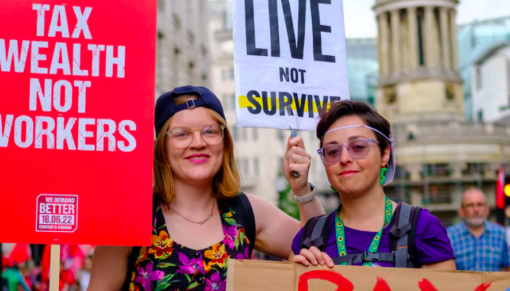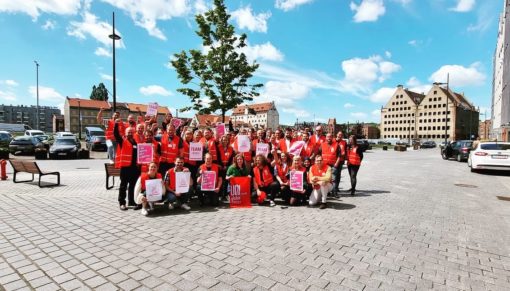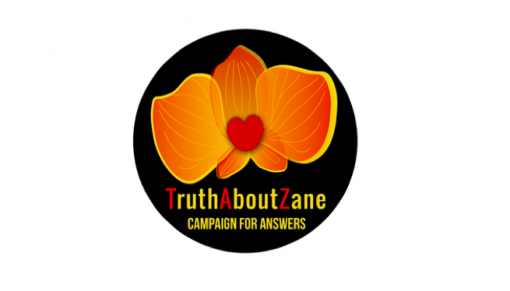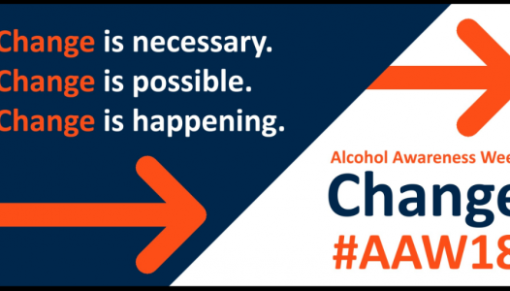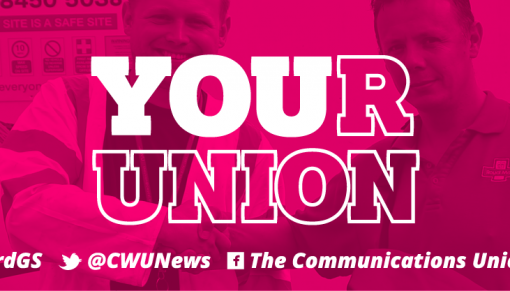More spin than good news – the reality behind latest job stats
October 15 2015There’s been a minor avalancheof very positive media coverage over the “miraculous”growthin employment, revealed by thelatestjob stats published late yesterday. So-called expert commentators are musing at just how a growth in employment can be recorded when the economy is still in recession.
Well I’m no economist, and you can always spin statistics, but for goodness’ sake,the explanation to all this does not seem to me to be a matter of rocket science.
Let’s take the obvious one first: there is unsurprisingly often a lag between growth in the numbers employed and the flow through into national economic performance. For example – if you’ve been out of work, you’ll have built up debts, so when you get back into work, you pay of your debts before going out spending.
But to my mind, this doesn’t really explain the situation. The reality is far from cheery.
Overall, there were 236,000 new jobs created – but
official unemployment fell by only 7,000 in the quarter to July, to 2.59 million, an unemployment rate of 8.1%. The number of vacancies was said to be static.
But scratch the surface and a different picture emerges: the 236,000 new jobs contain 136,000 part-time roles. Part-time workers now number 8.1 million, the highest figure ever recorded. And “The Guardian” reported that the number of Britons working part-time because they could not find a full-time job also hit a record high, of 1.42 million.
And then there is the claimant count – those receiving Job Seekers Allowance, for example. (See my recent bog on how people are being manoeuvred off the benefits registerhttp://www.cwuyouth.org/view-blog.html?blog_id=295) The number claiming jobseeker’s allowance last month was 1.57 million, down by 15,000 on July – the largest monthly fall since June 2010.
So my non-economist, non-rocket scientist view of this is it is no surprise: The number of people under-employed continues to rise. The numbers wanting, needing more work is increasing sharply. The pressure to unfairly reduce the benefit count seems unremitting. Throw in some to-be-expected regional variations and there you have it – less “good news” and more “emperor’s new clothes”.
And let’s not get too carried away – unemployment is stillat dreadfully high levels, and youthunemployment isat a 6 yearhigh and rose in the last quarter. Long-term unemployment (that is people out of work for more than 12 months) rose by 22,000 to over 900,000 – the highest ever recorded.
That’s why the most remarkable achievement is not how 100,000 jobs (that’s full-time jobs), but how the spinners have turned this into a “good news” story.



